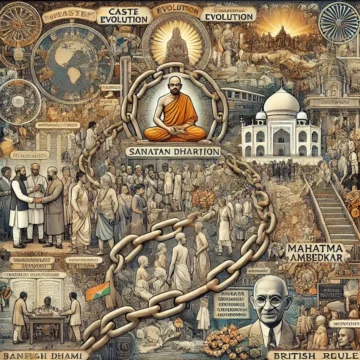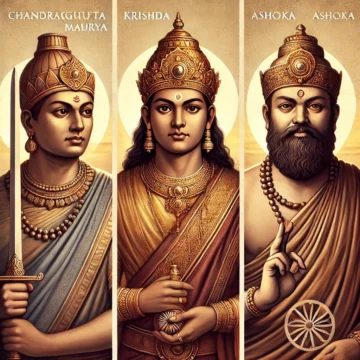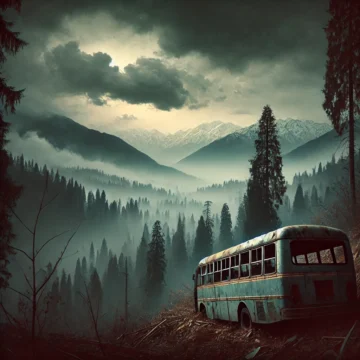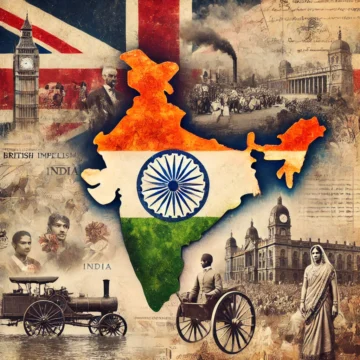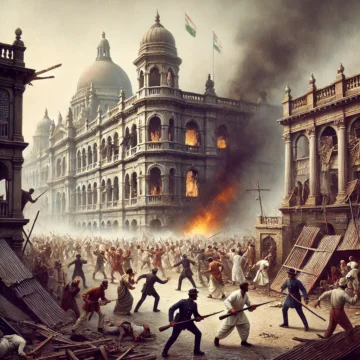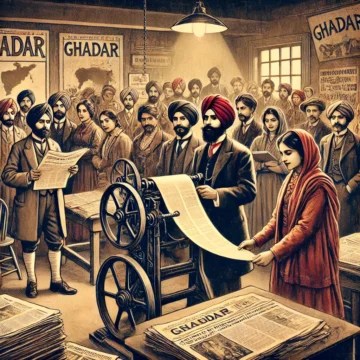Explore the intricate layers of caste evolution within Sanatan Dharma through historical periods like the Mughal era and British colonial rule. Witness how figures like Mahatma Gandhi and B.R. Ambedkar shaped the modern perceptions and roles within the caste system, and delve into the ongoing debates over nepotism and caste-based privileges.
Tag: Indian history
Riots in Kohat and Forgotten Exodus: Kashmir Exodus 1.0
The riots in Kohat of 1924 and the 1989 exodus of Kashmiri Pandits share a legacy of communal violence under differing political regimes. This blog explores the catalysts, impacts, and enduring lessons of these events, shedding light on the complexities of Hindu-Muslim relations in India's fraught historical landscape.
World War 2 in Bharat: The Battle Against Japanese Forces
During World War II, India, still under British rule, faced the looming threat of Japanese invasion. This fear catalyzed a series of political and military responses that not only shaped wartime strategies but also invigorated India's push for independence. The blog explores the profound impact of these events on India’s geopolitical landscape and its path to sovereignty.
Terrorist Attack and Chamba Massacre – A Tragic Event
On August 3, 1998, the Chamba district in Himachal Pradesh witnessed a horrific act of violence as militants attacked, leaving 35 dead. This massacre not only scarred the community but also marked a critical point for India's national security and its battle against cross-border terrorism.
Vijayanagar Dynasty: Among Ten Most Influential Dynasties in Bharat’s History
The rich tapestry of India's history is marked by influential dynasties that shaped its cultural, political, and social landscape. Among these, the Vijayanagar Dynasty stands out for its resilience and prosperity in southern India. This blog explores the contributions of ten significant dynasties, including the Maurya, Gupta, and Vijayanagar dynasties, highlighting their unique impacts and legacies that have left indelible marks on Indian history.
Terrorist Attack in Kishtwar: Massacre of 2001
On August 3, 2001, Kishtwar in Jammu and Kashmir became the scene of a devastating attack, known as the Kishtwar Massacre. This brutal incident targeted Hindu pilgrims, reflecting the deep-seated vulnerabilities within the region’s socio-political fabric, exacerbated by global terrorism influences.
British Rule in India: A Blessing or a Curse?
Exploring the dual impacts of British rule in India, this blog navigates through the economic, social, and political changes from 1757 to 1947, culminating in a detailed discussion of the Partition's enduring consequences on India's fabric.
Caste Systems and Definition of Brahmin Analyzed
To understand the evolution of Brahmin identity within Hindu Caste Systems, we explore key scriptures and historical shifts. Initially, the caste system emphasized qualities and professions over hereditary status. However, British colonial rule introduced rigid caste classifications, transforming fluid social categories into fixed ones. This blog examines the lasting impact of these changes and the contemporary relevance of Brahmin qualities.
Riots in India Analyzed through Calcutta riots 1926
The Calcutta Riots of 1926 stand as a grim testament to the severe communal discord during the British Raj. Sparked on 15th July, these riots resulted in over a hundred deaths and countless injuries, deeply scarring the socio-political fabric of Calcutta. This blog delves into the historical context, key events, and long-lasting impacts of this dark chapter in India's history.
Indian Freedom Struggle and Formation of Ghadar Party
Explore the Ghadar Party's foundational role in the Indian freedom struggle, established in 1913 by expatriates in San Francisco. This post delves into their radical approach to overthrow British rule, influenced by the discriminatory experiences faced by Indian immigrants in North America and their fierce desire to liberate their homeland.


